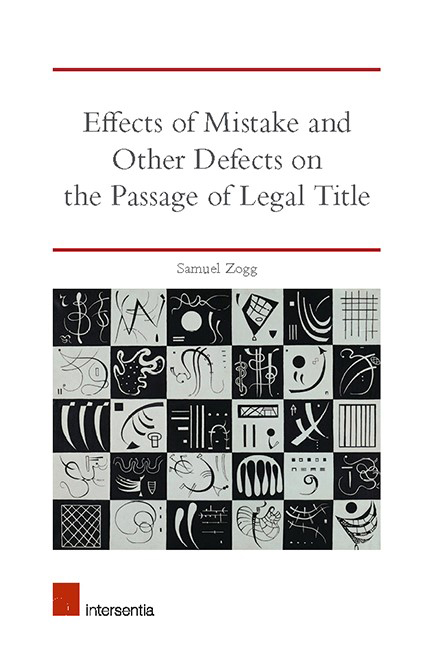Book contents
- Frontmatter
- Dedication
- Preface
- Acknowledgements
- Contents
- List of Cases
- List of Abbreviations
- Chapter 1 An Introduction to Defective Transfers of Property
- Chapter 2 Transfer of Legal Ownership in Tangible Movable Property
- Chapter 3 Defects which Prevent the Passage of Legal Ownership
- Chapter 4 Fundamental Mistake in Particular
- Chapter 5 Conclusion
- Bibliography
- Index
- About the Author
Chapter 1 - An Introduction to Defective Transfers of Property
Published online by Cambridge University Press: 09 November 2019
- Frontmatter
- Dedication
- Preface
- Acknowledgements
- Contents
- List of Cases
- List of Abbreviations
- Chapter 1 An Introduction to Defective Transfers of Property
- Chapter 2 Transfer of Legal Ownership in Tangible Movable Property
- Chapter 3 Defects which Prevent the Passage of Legal Ownership
- Chapter 4 Fundamental Mistake in Particular
- Chapter 5 Conclusion
- Bibliography
- Index
- About the Author
Summary
This chapter is preliminary to our actual inquiry. It shall offer a general introduction to the law of defective transfers of ownership, setting out the basic doctrinal framework which is essential to understand the following chapters of this book. It is crucial to note that the principles set forth here have rarely, if ever, been properly spelled out by the courts. They are rather the product of a careful analysis and a process of rationalisation of the extensive case law existing in this area of the law.
THREE DISTINCT LEVELS WHERE A DEFECT MIGHT OPERATE: PROPERTY, CONTRACT AND UNJUST FACTORS
If one is concerned with a (potentially) defective transfer of property, it is inevitable to strictly distinguish between three different “levels” where any particular defect – for example a mistake – might operate. In fact, it might do so on one, two, all three or on none of those levels.
The first level, with which this book is primarily concerned, is the proprietary level. A defect may be strong enough to prevent the passage of ownership – legal or equitable – or it might operate to impose some new proprietary rights (proprietary restitution). If the effect of a certain defect is to completely negative a transferor's intention to transfer away a certain proprietary interest – such as legal or equitable ownership – those property rights will generally be retained ab initio. By contrast, if a certain defect does not entirely eradicate a transferor's relevant intention, ownership will generally pass to the transferee; yet, if the defect is still severe enough, it may lead to the conclusion that the proprietary transfer is voidable, which means that it may be rescinded (set aside), or that some other mechanism of (equitable) proprietary restitution confers some new restitutionary property rights on the claimant.
The second level is the contractual level. A defect might – also or only – affect a contract which has (supposedly) been concluded between the transferor and the transferee. It is of paramount importance to note that the contractual and the proprietary levels are distinct. It would be a fundamental error to believe that these levels are inextricably linked or even unified. The conclusion of a contract is different from the transfer of property.
- Type
- Chapter
- Information
- Publisher: IntersentiaPrint publication year: 2019



